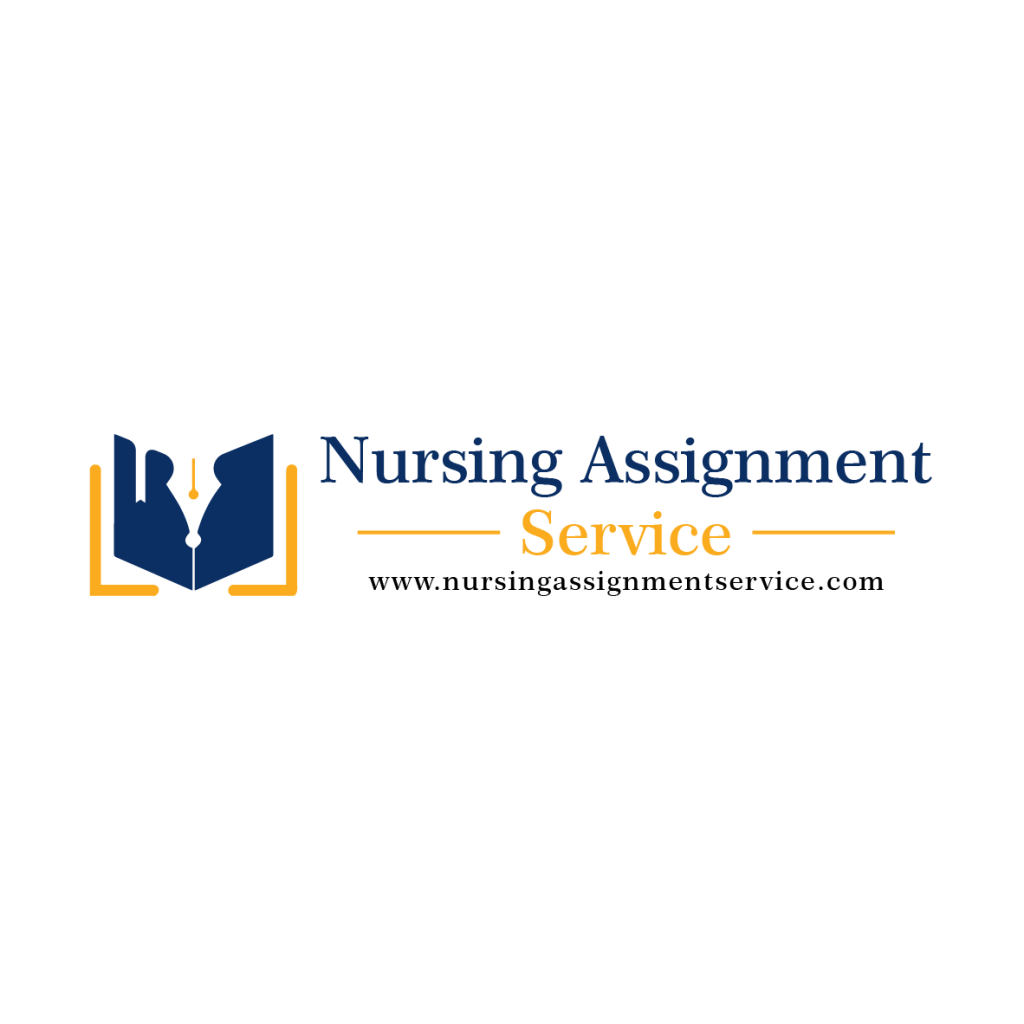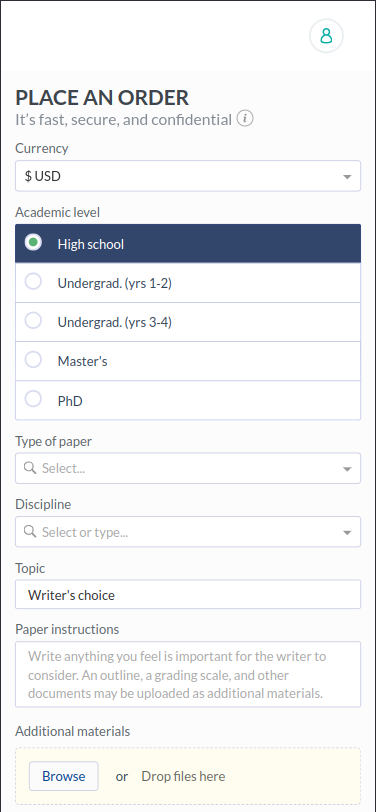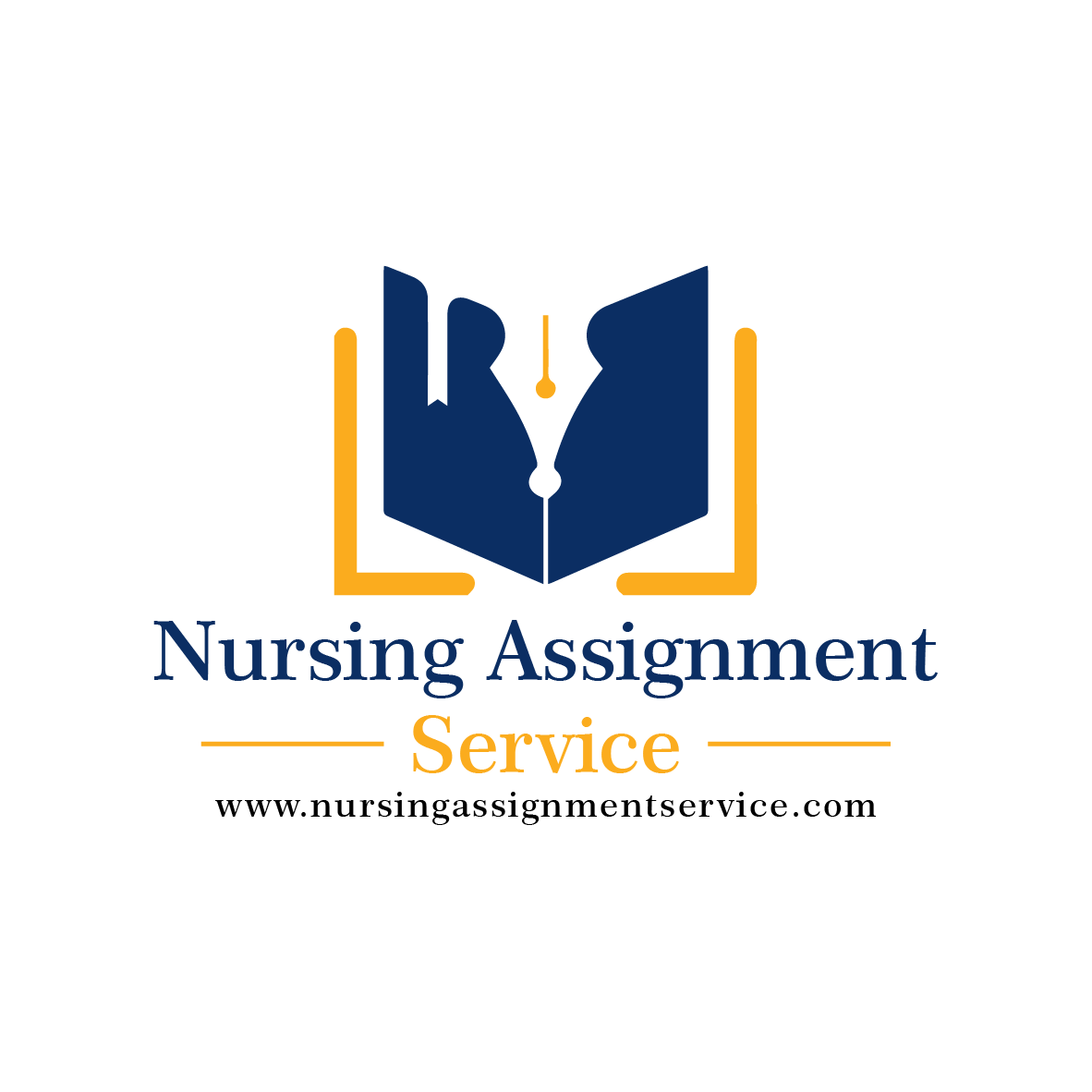NR 506 Week 5 Discussion
Ethical and Legal Implications
Purpose
Discuss potential complications in a clinical scenario at an out-patient family practice. Students will explore potential effects on patient outcomes and implications for members of the heath care team as a result of conflict among the healthcare team. Students will develop strategies that result in prevention of untoward outcomes that result in a positive practice culture.
Activity Learning Outcomes
Through this discussion, the student will demonstrate the ability to:
- Recognize potential areas of conflict in NP clinical practice (CO1)
- Determine methods of data collection to assess the conflict (CO3)
- Examine corporate compliance and its effect on clinical practice (CO2)
- Understand risk management in clinical practice (CO4)
Due Date: Wednesday by 11:59PM MST of Week 5
Initial responses to the discussion topic must be posted by Wednesday 11:59pm MT. Two additional posts to peers and/or faculty are due by Sunday at 11:59pm MT. Students are expected to submit assignments by the time they are due.
A 10% late penalty will be imposed for discussions posted after the deadline on Wednesday of week 5, regardless of the number of days late. NOTHING will be accepted after 11:59pm MT on Sunday (i.e. student will receive an automatic 0).
Total Points Possible: 100
Requirements:
You are a family nurse practitioner working in an outpatient primary care office of a large hospital system. The practice has been operating for over 15 years, and many of the administrative and clinical staff were hired when the practice opened. You have been in the practice for less than 3 months. In that short amount of time, you have witnessed several of the clinical staff engaging in heated arguments with each other, sometimes in patient areas. You overhear an argument occurring today between two staff. You pick up a patient’s chart and notice a very low blood pressure that the medical assistant failed to notify you about. When you confront the MA, she states that she was going to report the vital signs to you when she became engaged in the heated argument you overheard and forgot to notify you.
Unfortunately, this pattern of behavior is not unusual in this practice. Working with staff who cannot cooperate effectively can negatively influence your ability to spend time with patients, can impede the flow of patients through the office, and could impact patient safety.
Case Study Responses:
- Analyze the case study for potential issues for members of the healthcare team from office conflict. Contrast the potential effects for each member of the healthcare team based upon the required readings from the week. Discuss the potential ethical and legal implications for each of the following practice members:
- Medical assistant
- Nurse Practitioner
- Medical Director
- Practice
- What strategies would you implement to prevent further episodes of potentially dangerous patient outcomes?
- What leadership qualities would you apply to effect positive change in the practice? Focus on the culture of the practice.
- A scholarly resource must be used for EACH discussion question each week.
Sample Discussion Post
Discuss the potential ethical and legal implications for each of the following practice members:
For both workers and patients, workplace safety in health care settings is vital. Workers are prone to making errors such as omitting crucial attributes for accurate diagnosis, prescribing the incorrect drug, and being careless. Working in hostile environments puts workers and businesses at risk of legal action.
Medical assistant
The medical assistant in this case study fails to implement the ethical concept of beneficence and negligence. Negligence is characterized as a breach of a legal duty of care caused by an unintentional act or omission that causes harm to another person (Sethi & Arya, 2020). The medical assistant’s work is compromised when she gets into a dispute with another coworker and fails to report critical blood pressure to the nurse practitioner. The medical assistant could be held legally responsible for his/her actions if harm comes to the patient.
Nurse Practitioner
The nurse practitioner discovered the mistake and questioned the medical assistant why critical blood pressure readings were not reported timely. Now that the Nurse Practitioner has witnessed the circumstance, it is time for him/her to act according to ethical and legal obligation to do no harm and prevent others from harming the patient.
Medical Director
The incident should be reported to the Medical Director to address employee issues that influence patient care and take steps to prevent future instances. Staff members require occupational safety education and training; the medical director can establish policies for employees to follow, including what to do in the event of a confrontation with coworkers.
Practice
An unfavorable rating means going out of business. Unsafe healthcare settings where staff has no collaboration create a hostile atmosphere. Once the patient senses an unhealthy environment, the patient never returns for future services, and the patient talks to families, friends, and relatives spread the word, which can cause serious damage to the company or organization’s reputation.
What strategies would you implement to prevent further episodes of potentially dangerous patient outcomes?
In this scenario, enforcing policies and maintaining adherence to those policies is necessary to promote a healthy work environment. The employer must ensure that employees follow federal and state rules and regulations and ethical norms. Employers can utilize tools such as the Workplace Integrated Safety and Health (WISH) Assessment to measure workplace policies, programs, and practices that ensure the safety and well-being of the workers (Sorensen et al., 2018). Nurse Practitioners and Medical directors can provide education and training to staff to meet the standards of care and make them aware that they will be held accountable for their actions.
What leadership qualities would you apply to effect positive change in the practice? Focus on the culture of the practice.
I find two leadership styles that suit this case study are relational leadership style and resonant leadership style. The relational leadership style focuses on people and their connections to achieve common goals (Parr et al., 2021). The resonant leadership style is visionary, coaching, affiliative, and democratic (Parr et al., 2021). In this case study, Nurse Practitioners can apply both relational and resonant leadership styles to improve the relationship between workers and encourage them to work towards a common goal of improving patient care by following federal/state rules and regulations and standards of care.
References
Parr, J. M., Teo, S., & Koziol-McLain, J. (2021). A quest for quality care: Exploration of a model of leadership relationships, work engagement, and patient outcomes. Journal of advanced nursing, 77(1), 207–220. https://doi.org/10.1111/jan.14583
Sethi, D., & Arya, V. (2020). Legal implications governing medical negligence in india: Creating awareness through six-dimensional framework of effective communication. International Journal of Law and Management, 62(5), 417–425. https://doi.org/10.1108/ijlma-06-2018-0123
Sorensen, G., Sparer, E., Williams, J. A., Gundersen, D., Boden, L. I., Dennerlein, J. T., Hashimoto, D., Katz, J. N., McLellan, D. L., Okechukwu, C. A., Pronk, N. P., Revette, A., & Wagner, G. R. (2018). Measuring best practices for workplace safety, health, and well-being. Journal of Occupational & Environmental Medicine, 60(5), 430–439. https://doi.org/10.1097/jom.0000000000001286
Our team of expert nursing writers at Nursing Assignment Service can help you with your NR 506 Week 5 Discussion, place your order here.




